She could spin a web to entangle any batter in her trap. Blessed with an innate ability to use her fingers and wrist simultaneously to generate an enormous amount of spin, this girl from Karnataka, who was training to be hurdler, emerged as one of the best Indian off-spinners. Perhaps she was destined to play cricket, and her contributions to the Indian women’s cricket speak volumes of her talent. Captaining India in one Test and seven ODIs, she has featured in a total of five Tests and 22 ODIs for the country.
We are talking about Pramila Bhatt, who graced the Female Cricket feature The Pioneers. During the episode, Female Cricket’s Vishal Yadav engaged in a heartfelt tête-à-tête with the former India captain.
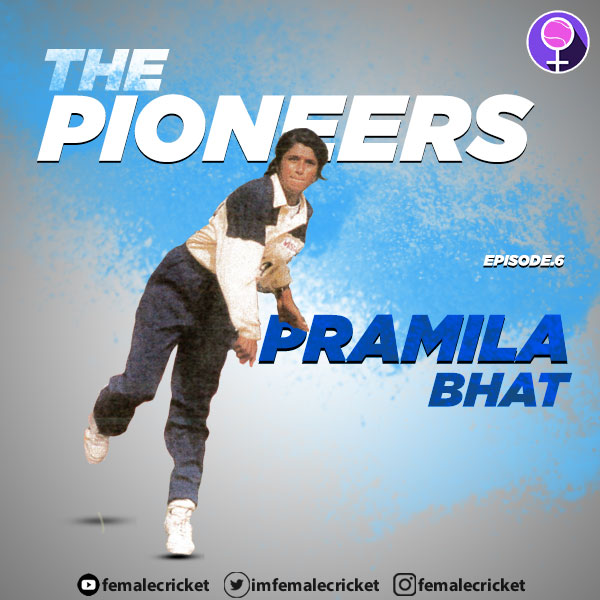
Excerpts from the interview.
Tell us about your early days in cricket.
I was training to be an athlete and you can say, cricket happened just by chance. Growing up with four brothers, playing gully cricket was an inevitable part of my childhood. However as far as seeking formal training was concerned, that happened only after I was 16. Before that, I was full time into athletics, wanting to become a hurdler. In 1984, we moved to Bangalore. I had my XI standard summer holidays going on and I was sitting at home full time. Right from my childhood days, I am such a type of person who will get bored doing nothing. Back then, I remember nagging my mother, and the poor lady had no answer to my problem. To her respite, one fine morning, she saw my neighbor, with a big cricket kit bag, heading somewhere at 6.30 in the morning. Instantaneously, my mother asked the boy where he was going. He said, “YMCA.” That word was like music to my mother’s ears. Without a second thought, my mother requested the boy to enroll me there. That is how my cricketing journey began (smiles).
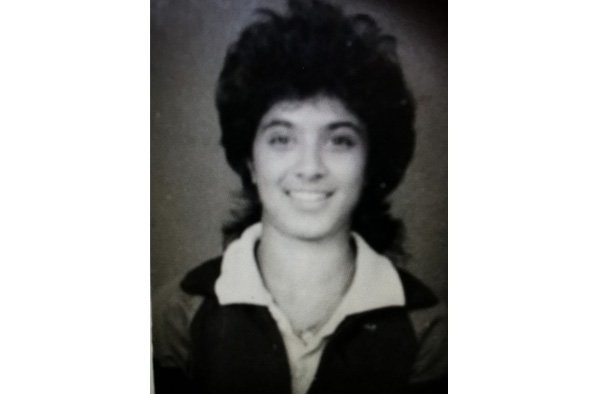
Did you enjoy there at the YMCA?
I vividly remember my first day at coaching. There was Krishna sir, who was the then coach of Karnataka women’s cricket team. He asked me, “What do you do?” I said, “I don’t know.” Probably he would have never heard such an answer. The very next moment he gave me a ball and asked me to bowl. I bowled off-spin. He was awestruck with my bowling. Maybe he did not expect me to generate that much amount of spin. I think I was naturally blessed to bowl off-spin and I could put to use my fingers and wrist at the same time to turn the ball square. A few days later, he took me to the stadium, where Karnataka state women’s team was practicing. He introduced me to Shantha Rangaswamy. Out of the blue, pointing towards me, he said to Shantha, “This girl is going to play for India sometime.” I was taken aback.
Considering that you were very much interested in athletics, what made you switch to cricket?
Honestly, that was a tough decision to make. But I think what helped me change my mind was those words from Shantha after a club cricket match. She saw me play and after the game, she came to me and said, “Maybe you can give up athletics and pursue cricket seriously, because I think you have the game to play for India in the next two to three years, provided you train hard. Shantha’s words kept ringing in my ears and I decided to take up cricket professionally. This happened in 1987, and to my sheer joy, I made my India debut in 1991.
Take us through your domestic cricketing days.
In my very first year playing for Karnataka in the junior nationals, which was held at Kerala, I scalped 13 wickets and emerged as the best bowler of the tournament. Back then, I was more of an all-rounder, as I used to open the batting as well. During that tournament, I got a chance to play against the likes of Minoti Desai, who was leading combined university and Rajani Venugopal, captain of Hyderabad. Both of them had already played for India. I was excited to play against them. When we were playing against Hyderabad, I got Rajani out on the third or fourth ball. My joy knew no bounds as I had picked up a priced wicket of an Indian player.
The next season, I captained Karnataka. We played the junior nationals in Lucknow. I again bagged the best bowler of the tournament and the cherry on the cake was after 22 long years, Karnataka became the junior nationals’ champions. Around the end of 1987, I was picked up in the senior state team. Between 1987 and 1990, I played for senior Karnataka team, and every year we made it to the finals of senior nationals to lock horns against a strong Indian Railways side. I had some good performances against the Railways, for instance, in one of the finals, I picked up 14 wickets.
Back then, we had one 90 over game and one 60 over game in the finals. Getting the better of some of the greatest Indian players gave me a lot of confidence. Between 1990 and 1993, I played for Indian Railways. Though it was a matter of great pride to represent the strongest domestic sides in women’s cricket in India, I did not enjoy much playing for them, the reason being there were no major challenges, as all the best players from the country were playing in the same team. I came back to Karnataka in 1993. That year, I remember, we were playing against Air India in the semi-final at Hyderabad. I walked in to bat at no. 6. We were in a crunch situation, needing 52 off 10 overs. Back then scoring over five runs per over was considered challenging. As I walked in to bat, I could see the Air India team already celebrating, as if they had booked a berth in the finals.
To Karnataka’s joy and Air India’s shock, Mala Sundaresan and I stitched a match-winning partnership to see our team through. I won the player of the match for scoring 45 runs and picking up three wickets.
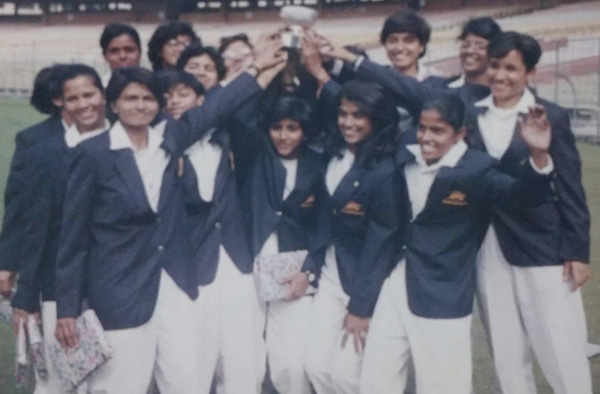
In your quest to improve your game, you even practiced with men cricketers. Tell us about that.
In 1988, when Diana Edulji saw me during one of the matches, she came up to me and said, “If you want to improve your game, practice with men cricketers.” Abiding by the advice given by the senior player, I went back to Bangalore and started practicing with men cricketers. In one of the clubs, I got a chance to practice with Anil Kumble, K Srinath, and Rajesh Kamat. Srinath helped me a lot, as he was an off-spinner himself. To get some more experience, I went to Chhinaswamy stadium, where all the Karnataka state Ranji players used to practice. Mamatha Maben also joined me there. During my early days, I was smashed all around the park, but gradually, I got better and started picking up wickets. There was mutual respect among all the players and we built a good rapport.
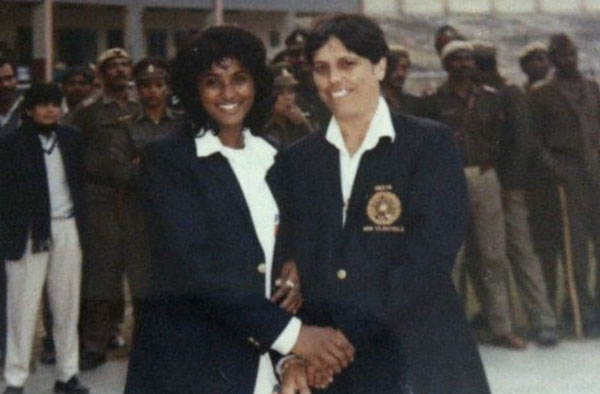
After playing for Karnataka and Indian Railways, you were picked up by Air India. How was your experience playing for Air India?
Air India days were amazing. I vividly remember after the 1993 World Cup that we played in England; I got a call from Dilip Pinge, who was the secretary at Air India, asking me whether I would like to lead the team. It was a new team in making and we had all the youngsters.
That year, we went to Delhi for senior nationals. Packed with young cricketers, we were hot favorites to win the tournament. However, in the very first game itself, we had an upset. We were playing against Madhya Pradesh led by Minoti Desai. Chasing some 160 odd runs, we thought that it would be a walk in the park, and our dressing room was filled with a tinge of overconfidence. To our horror, we lost the opening game by 23 runs. Minoti with a bunch of young and upcoming cricketers handed us an embarrassing defeat. After that match, we pulled up our socks and played every match with an altogether different level of grit and determination. We played the finals against Indian Railways. Air India and Indian Railways were as different as chalk and cheese. We had the young blood, while they had the experienced veterans. It was always a good contest that was filled with some friendly banter and healthy competition. Playing for Air India, we used to practice at MIG and stay in Mumbai. It was indeed a wonderful experience.
After some stellar domestic performances, you made your Test debut for India in 1991. How was the feeling?
I was the youngest in the team and I was really excited to play for India. Though I was nervous at the outset, as soon as I stepped on to the ground, it was as if my nervousness disappeared into the thin air. Playing my first ever Test match, I faced the quick Aussie bowlers in their own backyard. It was a challenge for sure. Batting at no. 8, I scored a quick-fire 25 and remained unbeaten. I didn’t bowl much in that Test match. But fielding on those big Australian grounds was unequivocally daunting.
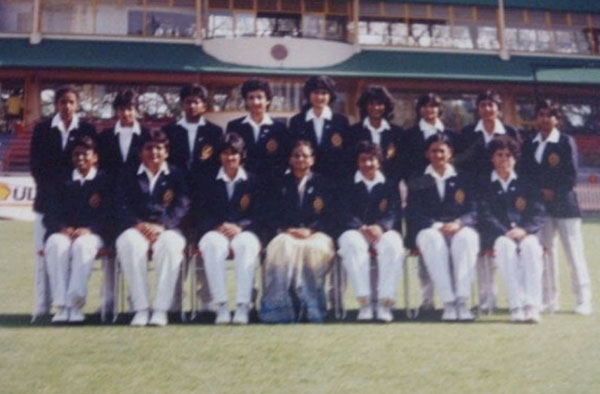
Unfortunately, I wasn’t picked up for the remaining two Test matches. However, I made sure that I was learning the intricacies of the game, sitting outside. I also read a lot of cricket books that helped me develop a better understanding of the game.
In 1995, you went to New Zealand to play a tri-series which included Australia as well. How did it feel to emerge victorious against the trans-Tasmanian rivals?
Purnima Rau was the captain of the side and I was her deputy. We were a bunch of young girls flying to New Zealand for the tri-series that included Australia as well. The veterans were given a break and a new side was being rebuilt. Just before the series, there were several articles in the newspapers that stated that ours was the weakest team to leave the Indian shores. In a few days time, we proved everybody wrong as we emerged victorious beating, both New Zealand and Australia.
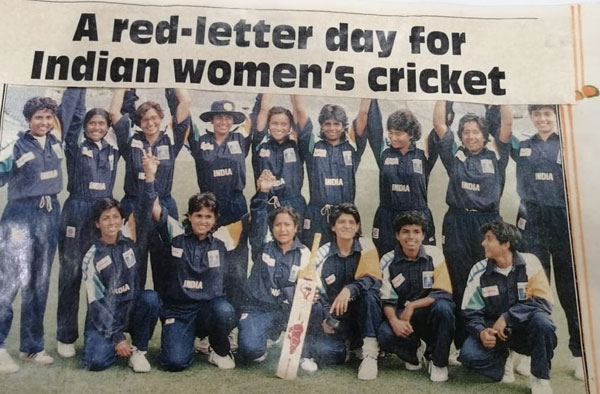
Around the same time, the Indian men’s team was also in New Zealand, unfortunately, they lost the semi-finals and hence could not make it to the finals. Since the women’s team was playing the finals, the media and the journalists shifted their focus from men’s team towards us. We became celebrities (smiles).
We played the finals in Auckland and ended up on the winning side. Each and every player contributed to the team’s success throughout the series. Unequivocally, it was one of the best series that I played. That series not only instilled confidence amongst us but also redefined women’s cricket in India. Special thanks to WCAI’s Anuradha Datta, who was a constant pillar of strength.
After the tri-series, you played England in India. In the middle of the series, you were given the captainship as well. How did it feel to lead India?
Yes, after a successful outing in New Zealand, we came back home to face another strong side, and this time it was England. The five-match ODI series was leveled 1-1. Just like the previous series, I was the vice-captain, with Purnima Rao leading the team. However, in the middle of the series, the baton of leadership was passed on to me. I was excited but at the same time, I knew I had a big task in hand. I think I did a good job as a captain, as we were able to win the series 3-2. One thing that came to my rescue was that I was always willing to learn. I learned a lot from Shantha (Rangaswamy), Minoti (Desai), and Mamatha (Maben). Moreover, captainship was not alien to me, as I had the experience of leading Karnataka and Air India at the domestic level.
Two years later, you played World Cup in India, in which India lost to Australia in the semi-finals. Can you tell us about your World Cup experience?
I was excited to play the World Cup that was happening in India. We played well as a team, and I am glad that we made it to the semi-finals but at the same time I was disappointed that we could not cross the bridge when it mattered. Apart from the semi-finals, to me, the biggest regret will always be that one run which we could not score against New Zealand in the group stage. The match ended in a tie and we ranked number two in the group. Had we won that match, we would have topped the table and would have faced England (and not Australia) in the semi-final. I think that the World Cup taught me a lot.
In the hindsight, I feel that we would have had a better chance at the World Cup if all our matches were not curtailed. Playing in the northern part of India in winters, most of our matches were reduced to around 30 overs a side, because of late starts due to fog.
You hung up your boots from cricket after the World Cup. Did you think of calling it quits before the competition?
Honestly, retirement was not a preconceived decision. But I don’t know after the 1997 World Cup semi-final, I thought of calling it quits. Maybe it was the mental and physical fatigue that got to me of playing the sport for 14 years. I remember I used to be on the ground from 6.30 am to 6.30 pm every day. I felt it was the right time to bid adieu to the game, so I announced my retirement. However, in 1999, I got an e-mail, asking me to lead India against England. By then I had made up my mind and I had also started the second innings of my life. I was married. People around me told me that I had still another three or four years of cricket left in me. But I had moved on.
How was the transition from being an international cricketer to a working married woman?
Honestly, it was a tough one. Switching from a life that is filled with limelight to otherwise ordinary life was initially difficult. However, when I had my first son in 2000, I understood my priorities and then three years later, when I had my second son, things, naturally fell in place. Apart from a family, I had a job in hand, which was quite taxing. Holding the fort at home as well as at work was nothing less than a Herculean task. But over the years I was able to ace both the roles. I am glad that it was very early in my married life I understood that you cannot sail in two boats at the same time. I think I took one of the wisest decisions of my life in 1999 when I said, “No” to India call. It is important to understand that you cannot have roots and wings at the same time.
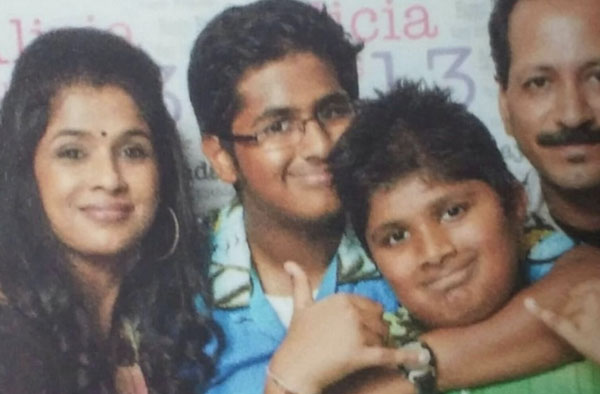
Finally, any plans for coming back to cricket?
(Smiles) I have not given serious thought to it actually. But yes, maybe a couple of years down the line. Though I get a lot of calls for cricket commentary, my job does not allow me to fly to different parts of the world to take up these assignments. There is no doubt that someday, I would like to contribute to women’s cricket, especially, developing the grass root level of cricket in India.
You can watch the complete video here, click here.

I am a former cricketer having represented Mumbai University at All India University level. I was a part of MCA probables for the U-19 and U-23 age group. I have been an avid cricket writer for the last five years. Currently I am pursuing my Ph.D from IIT Bombay.